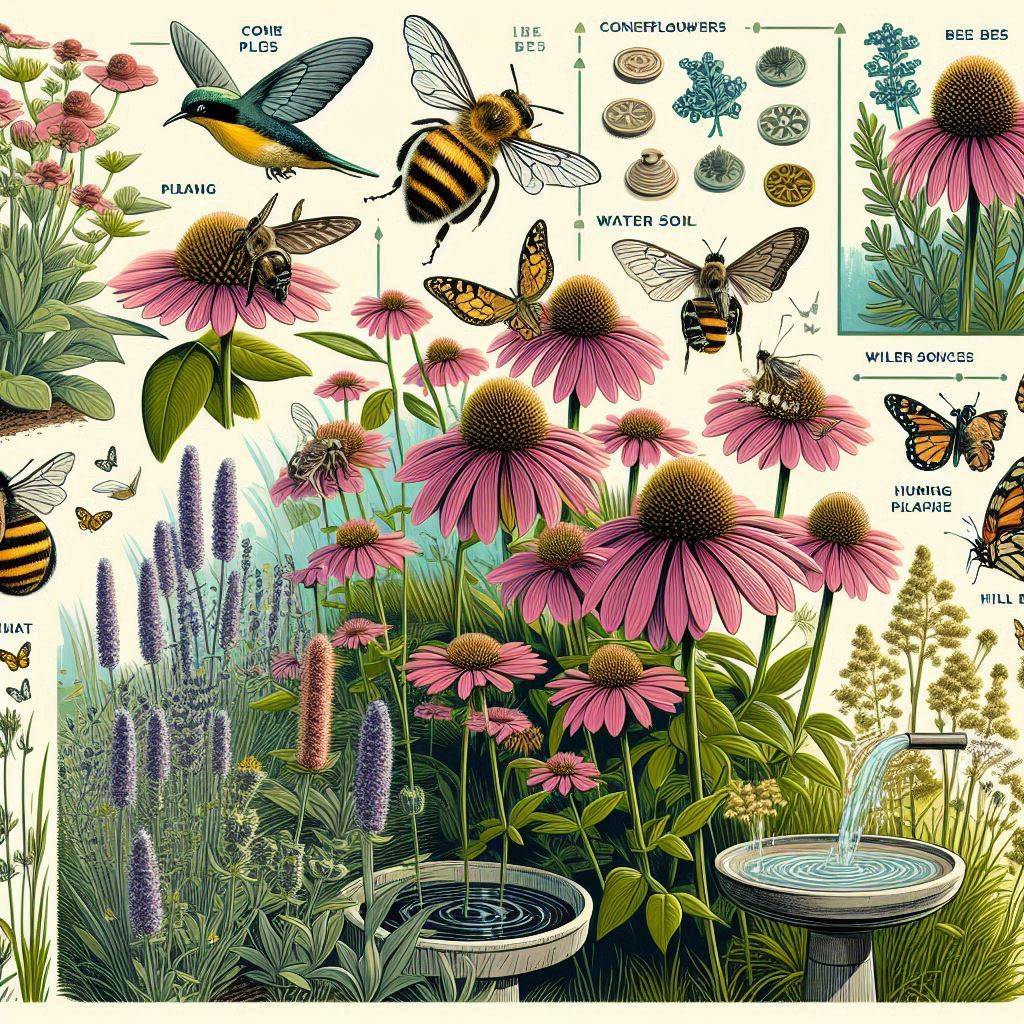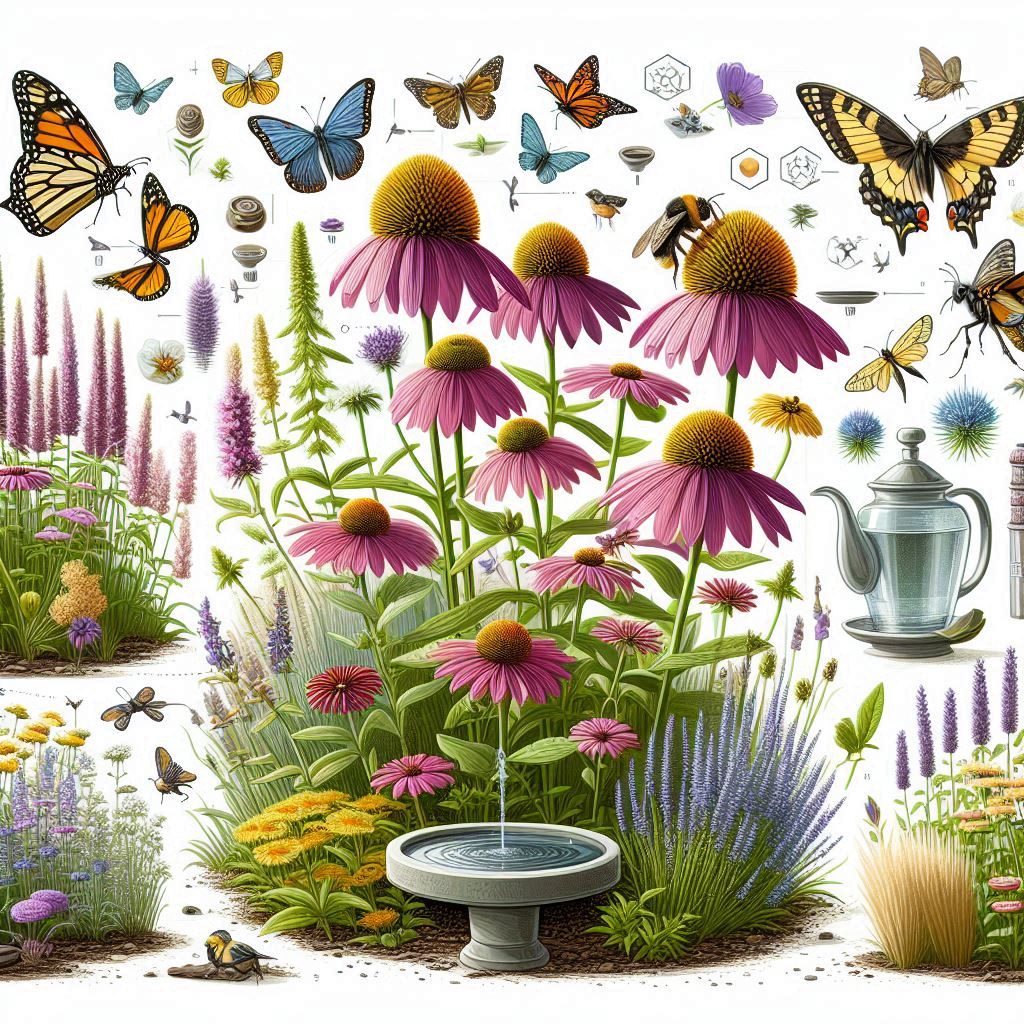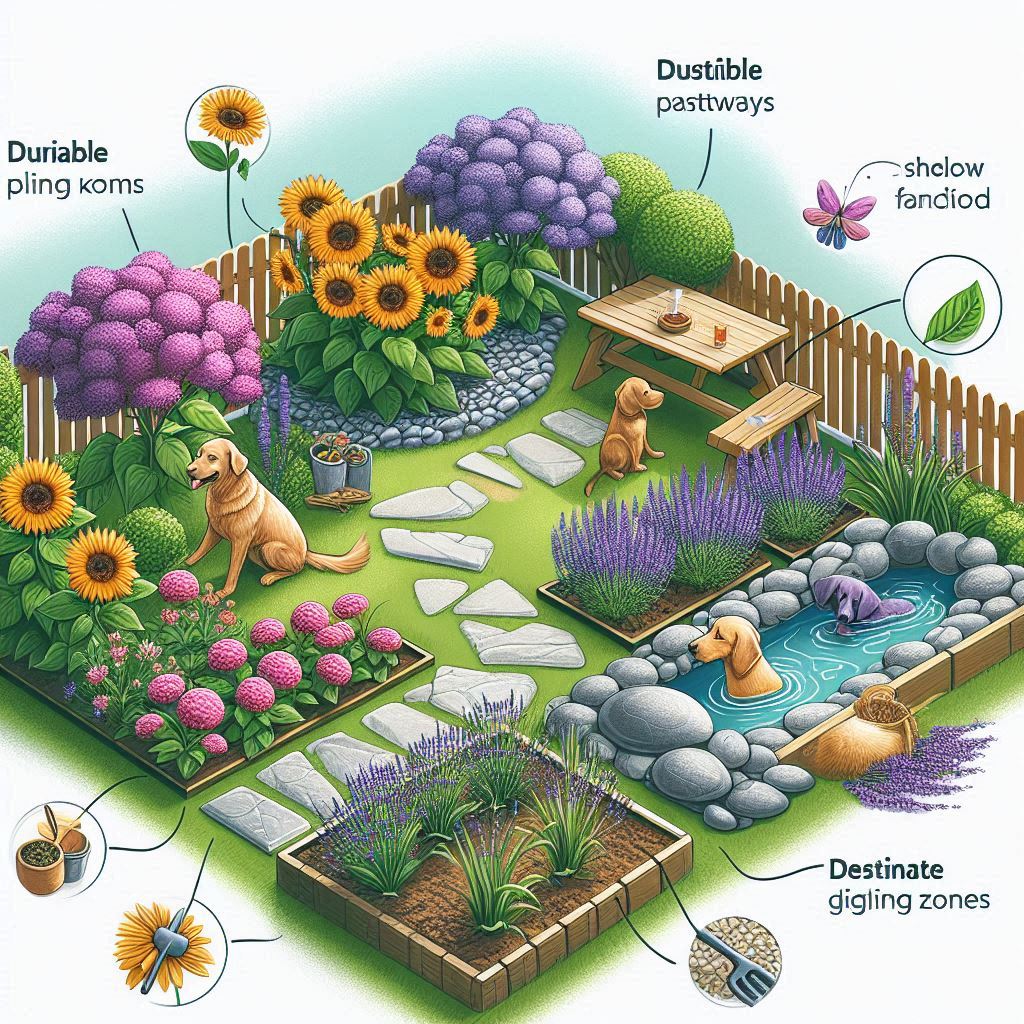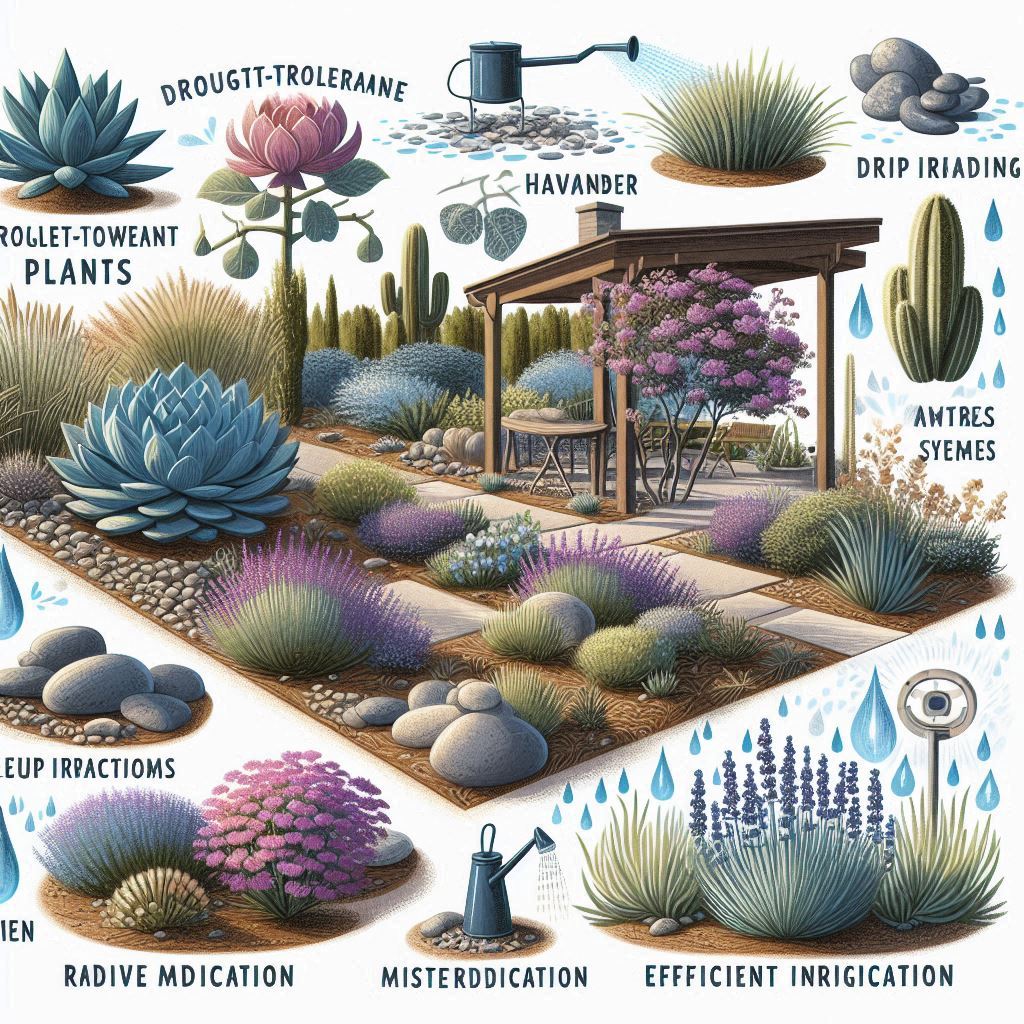Creating a garden that attracts pollinators like bees and butterflies is not only beneficial for the environment but also adds vibrant life and color to your outdoor space. Pollinators play a crucial role in the growth of fruits, vegetables, and flowers, making them essential partners in any garden. This article will guide you through selecting the right plants and designing a pollinator-friendly garden that invites these beneficial insects to your yard.
1. Understanding the Importance of Pollinators
Pollinators, including bees, butterflies, and hummingbirds, are responsible for pollinating over 75% of the world’s flowering plants. This process is vital for producing the fruits, seeds, and vegetables that we rely on for food. Unfortunately, many pollinator species are in decline due to habitat loss, pesticides, and climate change. By creating a garden that supports these creatures, you can contribute to their conservation and enjoy the benefits of a flourishing garden.
- Key Point: A pollinator-friendly garden helps sustain local ecosystems, promotes biodiversity, and enhances the health of your plants.
2. Choosing the Right Plants: Flowers That Pollinators Love
The key to attracting pollinators is to plant a diverse array of flowers that provide nectar and pollen throughout the growing season. Different pollinators are attracted to different types of flowers, so incorporating a variety of shapes, colors, and bloom times will ensure a steady supply of food for them.
- Native Plants: Native plants are well-adapted to the local environment and are often the best choice for attracting native pollinators. Examples include purple coneflower, black-eyed Susan, and milkweed, which are favorites of bees and butterflies.
- Heirloom Varieties: Heirloom flowers, like zinnias, sunflowers, and cosmos, tend to produce more nectar than modern hybrids, making them more attractive to pollinators.
- Flowering Herbs: Many herbs, such as lavender, thyme, and mint, are excellent for attracting pollinators. They not only provide nectar but also serve as host plants for the larvae of some butterfly species.
- Continuous Bloom: Plan your garden so that something is always in bloom from early spring to late fall. This ensures that pollinators have a constant source of food. Early bloomers like crocuses, mid-season flowers like daisies, and late bloomers like asters are great choices.
3. Creating a Pollinator-Friendly Garden Design
In addition to choosing the right plants, the layout and design of your garden can make it more inviting to pollinators. Consider the following tips when planning your pollinator garden:
- Grouping Plants: Plant flowers in large clusters rather than scattering them throughout your garden. This makes it easier for pollinators to find the plants and collect nectar efficiently.
- Provide Water Sources: Pollinators need water to drink. Include shallow water sources like birdbaths or small ponds, and add stones or floating objects where insects can land safely to drink.
- Sun and Shelter: Most pollinators prefer sunny spots, so plant your pollinator-friendly flowers in areas that receive plenty of sunlight. Also, provide shelter from the wind by planting shrubs or creating windbreaks.
- Avoid Pesticides: Pesticides can be harmful to pollinators. If you must use them, choose organic or natural alternatives and apply them in the evening when pollinators are less active.

4. Supporting Pollinators Year-Round
Attracting pollinators isn’t just about the growing season; it’s important to provide them with resources throughout the year. Here’s how you can support them year-round:
- Winter Shelter: Leave some garden debris, such as leaves and hollow stems, in your garden over the winter. This provides shelter for overwintering pollinators like bees and butterflies.
- Early Spring Bloomers: Plant early-blooming flowers like snowdrops and hellebores to provide nectar in the early spring when food is scarce.
- Late Fall Flowers: Include late-blooming plants like goldenrod and sedum in your garden to ensure pollinators have food sources as they prepare for winter.
5. Going Beyond the Garden: Creating a Pollinator Habitat
To truly support pollinators, think beyond just your garden. Consider adding features that create a complete habitat:
- Pollinator Houses: Install bee houses or butterfly houses to provide nesting sites. Bee houses are particularly important for solitary bees, which make up the majority of bee species.
- Native Grasses: Incorporate native grasses like switchgrass or little bluestem, which provide shelter and nesting sites for pollinators.
- Leave Bare Ground: Some ground-nesting bees require bare soil to dig their nests. Leaving small patches of bare ground in sunny areas can attract these important pollinators.
Conclusion
Creating a garden that attracts and supports pollinators is a rewarding way to contribute to the health of the environment. By choosing the right plants, designing a welcoming garden layout, and providing year-round support, you can create a haven for bees, butterflies, and other essential pollinators. Not only will your garden flourish, but you’ll also be playing a vital role in sustaining these crucial creatures for future generations.



